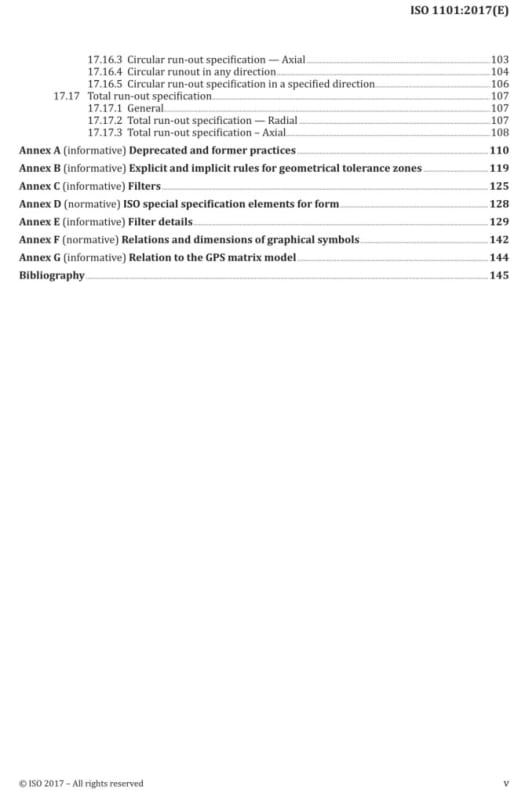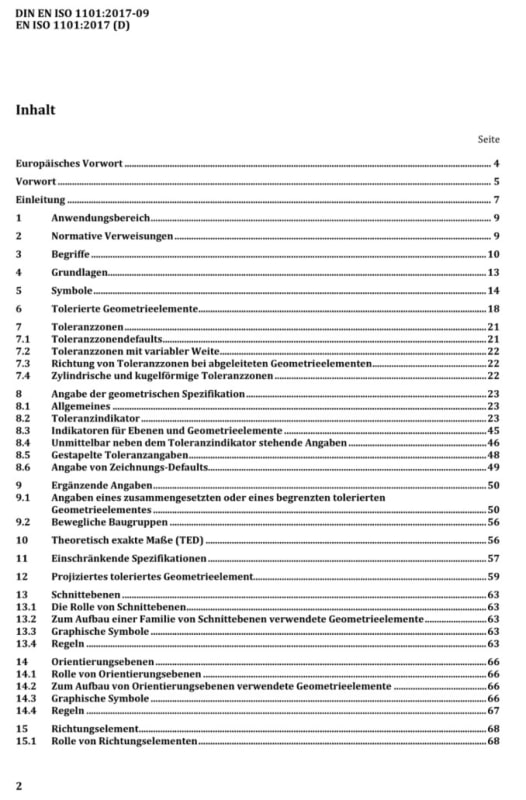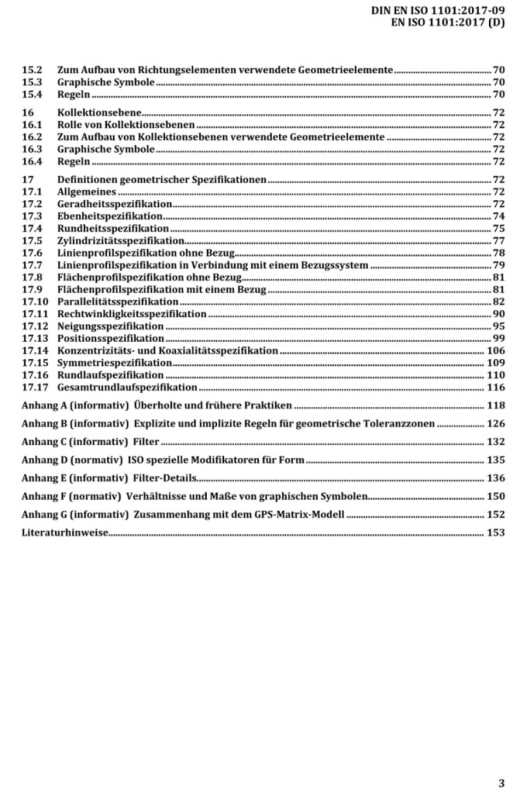CTengIS
Mechanical
- Jul 25, 2023
- 42
Are there any differences at all between the content of ISO GPS standards and the corresponding DIN English language standards?
Examples,
ISO 1101:2017 Vs. DIN EN ISO 1101:2017.
ISO 12780-1/2:2011 Vs. DIN EN ISO 12780-1/2:2011.
Examples,
ISO 1101:2017 Vs. DIN EN ISO 1101:2017.
ISO 12780-1/2:2011 Vs. DIN EN ISO 12780-1/2:2011.





